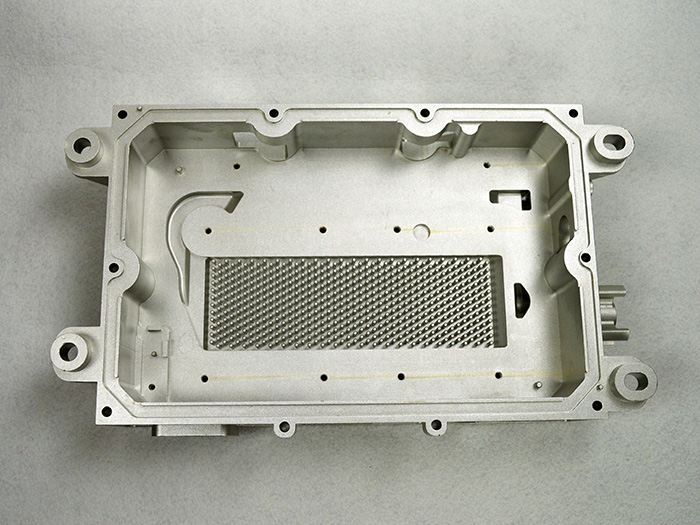
In the cnc processing standard, the unified charter uses the right-handed right-angle Cartesian coordinate system to name the coordinate system of the machine tool. Use X, Y, Z to represent the linear feed axis, and the relationship between the X, Y, and Z axes is determined by the right skill:
The circular feed axis around the X, Y, and Z axes is indicated by A, B, and C. The target of +A, +B, and +C is determined according to the right-handed screw rule, as shown in the figure.
The feeding activity of the cnc machine tool is completed by the spindle to start the tool activity, and some are carried out by the workbench with the workpiece activity. Normally during programming, regardless of whether the machine is moving in the machining process, the workpiece is still moved. If the workpiece is relatively stationary, the tool is moving, and the target of the tool away from the workpiece is the positive target of the coordinate Z-axis. Coincident with the axis of the spindle, the target of the tool away from the workpiece is the positive target (+Z); the X axis is perpendicular to the Z axis and parallel to the loading surface of the workpiece, if it is a single column milling machine, facing the main axial column target of the tool, The target of the right activity is the positive target of the X axis (+X); the Y axis can be affirmed by the right skill according to the selected X and Z axes.

